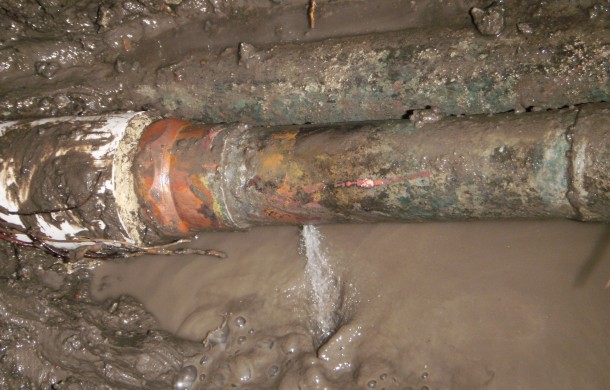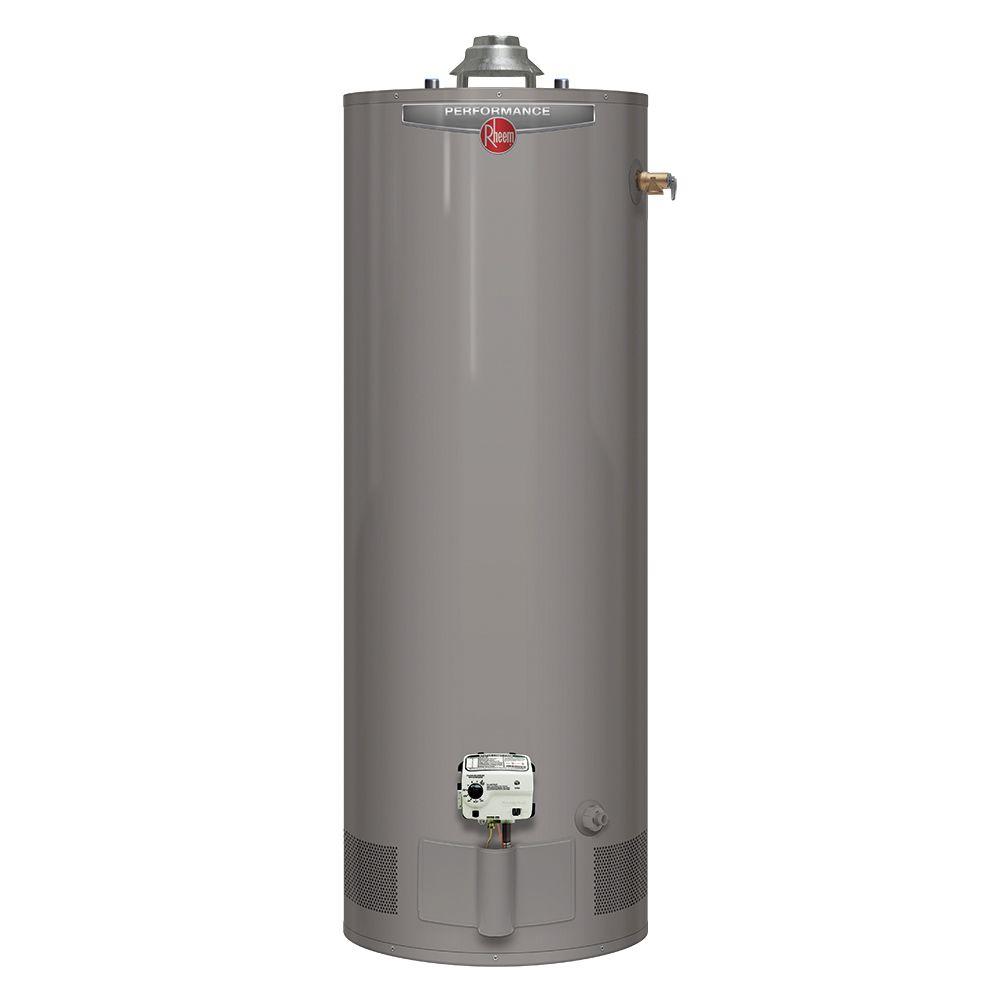
Elisha French - Certified Texas Master Plumber
Published 10/1/2019
Avg Time to Read: About 20 Minutes
A Guide For Homeowners

When it comes to the world of plumbing, the question is not if but when things are going to go wrong. And the sheer number of working parts in any residential or commercial bathroom or kitchen indicates that there could be issues sooner rather than later.
But while there are the common everyday items that you hear about all the time, there’s so much more than can be affected when you use your kitchens and bathrooms, as well as other items like sump pumps, tubes and pipes and much more.
The routine items are what they are – things are going to happen and they’re going to need to be addressed as soon as possible. But what about some of the rarer things that you may not be aware of, until they make themselves known in a big way? A leaky faucet, an overflowing toilet or a clogged sink is nothing to take lightly, but there are other potential issues that you should really be aware of.
Under House and Under Ground Leaks
As they’re under the house and/or under the ground, these are potential problems that are essentially the plumbing equivalent of the “hidden killer.”
But particularly if you live in an older pier and beam style house, this is something you want to be proactive on. These types of homes likely feature cast iron or clay plumbing, which only has a 50 to 75 year life span, so it’s best to schedule a camera inspection and get things checked out to be safe.
To look for under house and/or under ground leaks, look for spots in your lawn that stay wet even when there hasn’t been a rain storm for some time. These are a good indication that you’re having water line or sewer leaks.
You could be more prone to leaks under your home if it’s perched on a slab, particularly because of the north Texas soil that doesn’t tend to remain still during heavy weather events.
Look for cracks in your Sheetrock or floor, which could mean that your slab has been moving from time to time. This can cause issues with your pipes and fittings, so scheduling a water static test for sewer lines and a pressure test for water links would definitely be in your best interest.


Running Toilets and Dripping Faucets

While it’s true that this can often fall into the “routine” category that we mentioned before, it’s worth mentioning here because these types of issues can lead to much larger repair bills if not addressed right away. And that’s not even mentioning what can be a significant increase in your water bill if the toilet is running constantly trying to keep up.
If you suspect that your toilet could be running more than it should be, keep an eye for any kind of ripple on the surface of the toilet bowl water. These are not always easy to notice, but be prudent and keep an eye on it.
If you’re not noticing any issues, but are receiving larger water bills, chances are there is a
Clogged Pipes
Clogged pipes are rather common in the plumbing industry, but what isn’t as common are the sometimes complex reasons behind those stubborn clogs.
While it could be something as simple as food stuck in the sink, or some type of foreign object, it could also be a symptom of a more serious problem like poor construction or decaying old pipes in the walls.
You’ve probably heard some of the ways you can prevent clogged pipes in the past, but we’re going to go over them one more time just the same.
To minimize your chance of a minor clog that will almost certainly turn into something much more serious, prevent flushing feminine hygiene products or paper towels down the toilet, always run plenty of water down the drain when using the garbage disposal and never dump grease or oil down the kitchen sink.
You may also want to consider installing a hair guard in your bathtub and/or shower to prevent hair from clogging up your drain and your pipes. A simple step like this can definitely pay dividends in the long run.

Frozen Hose Bibs

These days, most hose bibs are frost free. The key word in that sentence being “most.”
So if you have a hose bib that isn’t frost free, you should really consider installing one to avoid any serious plumbing issues down the road.
At the very least, don’t leave hoses hooked up to your bibs during the colder winter months, as a frozen hose bib can really cause a lot of water damage inside your home.
Water Heaters
Today’s tank water heaters really only last around 10 years, though it could be a little bit longer if you feel like taking a chance with them. Just be sure to keep an eye on them regularly, as the longer you keep them in use the more you run a risk of a burst tank or even a flood in your home or basement.
Tankless water heaters are the better option for many reasons, including a longer life span (15 compared to 10 years), and the fact that they only need to be flushed out one time each year with a vinegar solution.

Be Prudent, Be Aware and Be Proactive

As with nearly everything in life, it pays to be aware of your surroundings and any potential problems that could occur. And it’s certainly no different with your plumbing matters.
The few issues we discussed above are really just the tip of the iceberg, but the point is that you should be diligent and proactive whenever possible.
The earlier you detect a problem, the sooner it can be addressed and rectified.
